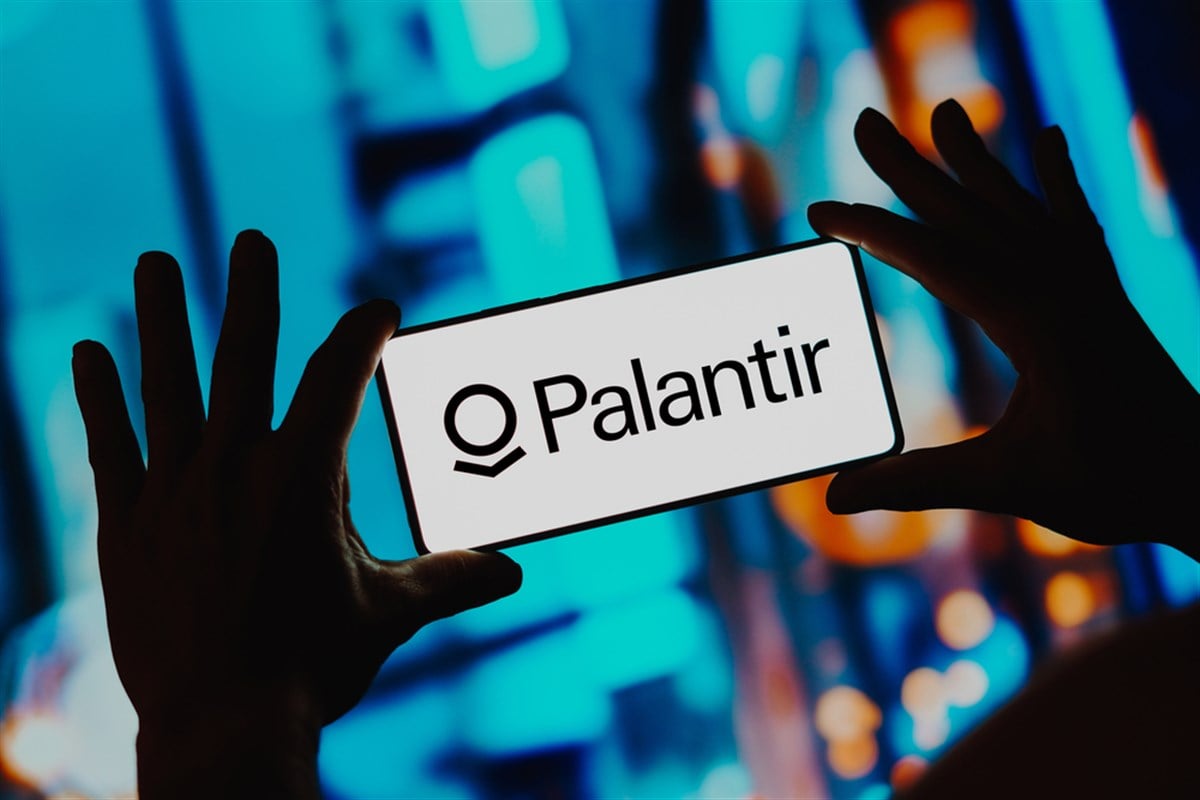
While the overall sentiment remains significantly bearish for Palantir Technologies (NYSE: PLTR), the company remains undeterred. Its stock has surged almost 50% YTD and more than 200% over the previous year.
Having spent the previous two months consolidating in a tight range after earnings, the stock is shaping up for a higher potential move. However, it remains one of the lowest-rated stocks, with healthy short interest and recent insider selling.
The bearish sentiment and bullish technical formations make for an interesting scenario. The stock might continue higher, partly due to the overwhelming bearish sentiment.
So, let’s take a closer look at the stock's fundamentals and technical shape to see whether PLTR might be heading toward higher prices.
What is Palantir Technologies?
Founded in 2003 by notable investors Peter Thiel and Stephen Cohen, Palantir Technologies is a SaaS company headquartered in Denver, Colorado. It aims to revolutionize AI and big data analytics and enhance human intelligence.
Initially geared toward federal government applications, Palantir has expanded to serve state, local and private corporations. It offers solutions like Palantir Gotham, Apollo, Foundry and Metropolis, with Gotham being its core offering. Gotham aggregates vast data sets for rapid decision-making, though it has faced criticism for applications like "predictive policing." Apollo, recognized by the Department of Defense, provides secure internet access across operating environments, accelerating software development and deployment.
On February 5, Palantir released its quarterly earnings report, which showed a $0.03 earnings per share for the quarter, missing the consensus estimate of $0.04 by one cent. The quarter's revenue was $608.35 million, compared to analyst estimates of $603.48 million. Palantir has a $55.87 billion market capitalization.
The Bearish Sentiment
The sentiment surrounding the stock continues to be bearish, with a low rating and forecasted downside, healthy short interest and recent insider selling.
Based on 12 analyst ratings, the stock has a Reduce rating, which has been the case for over one year. The consensus price target for the stock is $18.21, which forecasts almost 28% downside, the most predicted by analysts in over a year.
As of February 29, Palantir has seen steady short interest, with 97 million shares, representing approximately 4.39% of the float, sold short. Despite a 5% month-over-month decrease in short interest, the levels remain notable. The dollar volume sold short is currently valued at $2.43 billion, indicating significant investor interest in betting against the stock's performance. This level of short interest suggests a considerable amount of skepticism or bearish sentiment surrounding PLTR's future prospects among investors.
Over the past 12 months, the company has witnessed a notable insider selling trend, with no insider buying recorded during this period. A total of 11 insiders have collectively sold stock amounting to $280.24 million. Notably, in the first quarter of this year alone, insiders have offloaded shares worth $184 million, suggesting a significant divestment of ownership stakes by individuals within the company. Most recently, on March 12, Director Peter Thiel executed a substantial sale of 7,044,756 shares, totaling $174,639,501. This transaction adds to the broader pattern of insider selling and underscores the noteworthy level of insider activity surrounding PLTR, potentially influencing investor sentiment and market dynamics.
Amidst Bearish Sentiment, the Chart Remains Bullish
Despite the prevailing bearish sentiment marked by the Reduce analyst rating and notable insider selling, a technical analysis perspective reveals a potentially bullish outlook for the stock. Following its earnings report, the stock has undergone a two-month consolidation period above rising Simple Moving Averages (SMAs) within a narrow range. Should the stock successfully break out of this consolidation phase and surpass resistance levels around $27, it could pave the way for significant upward momentum to emerge.
